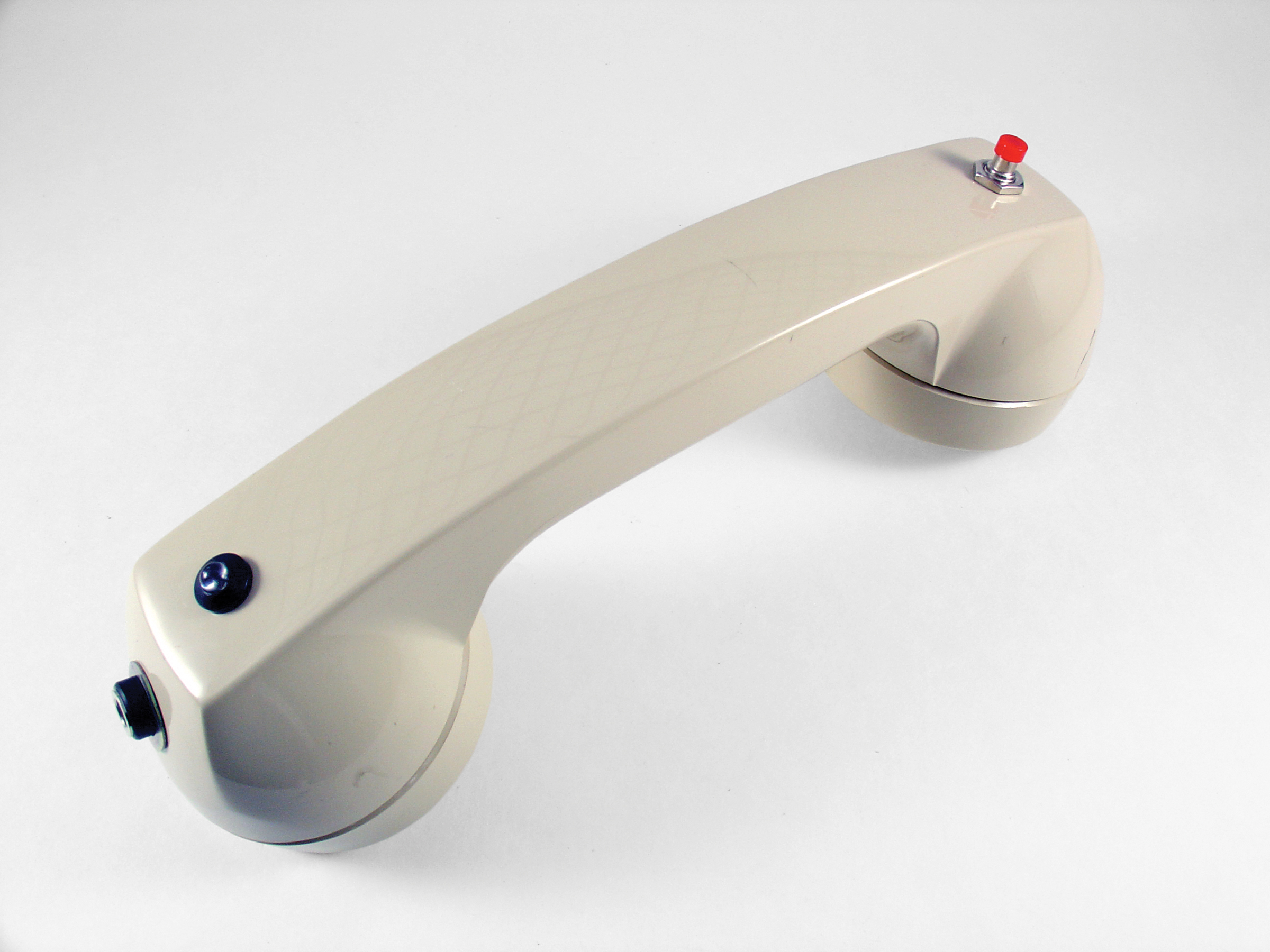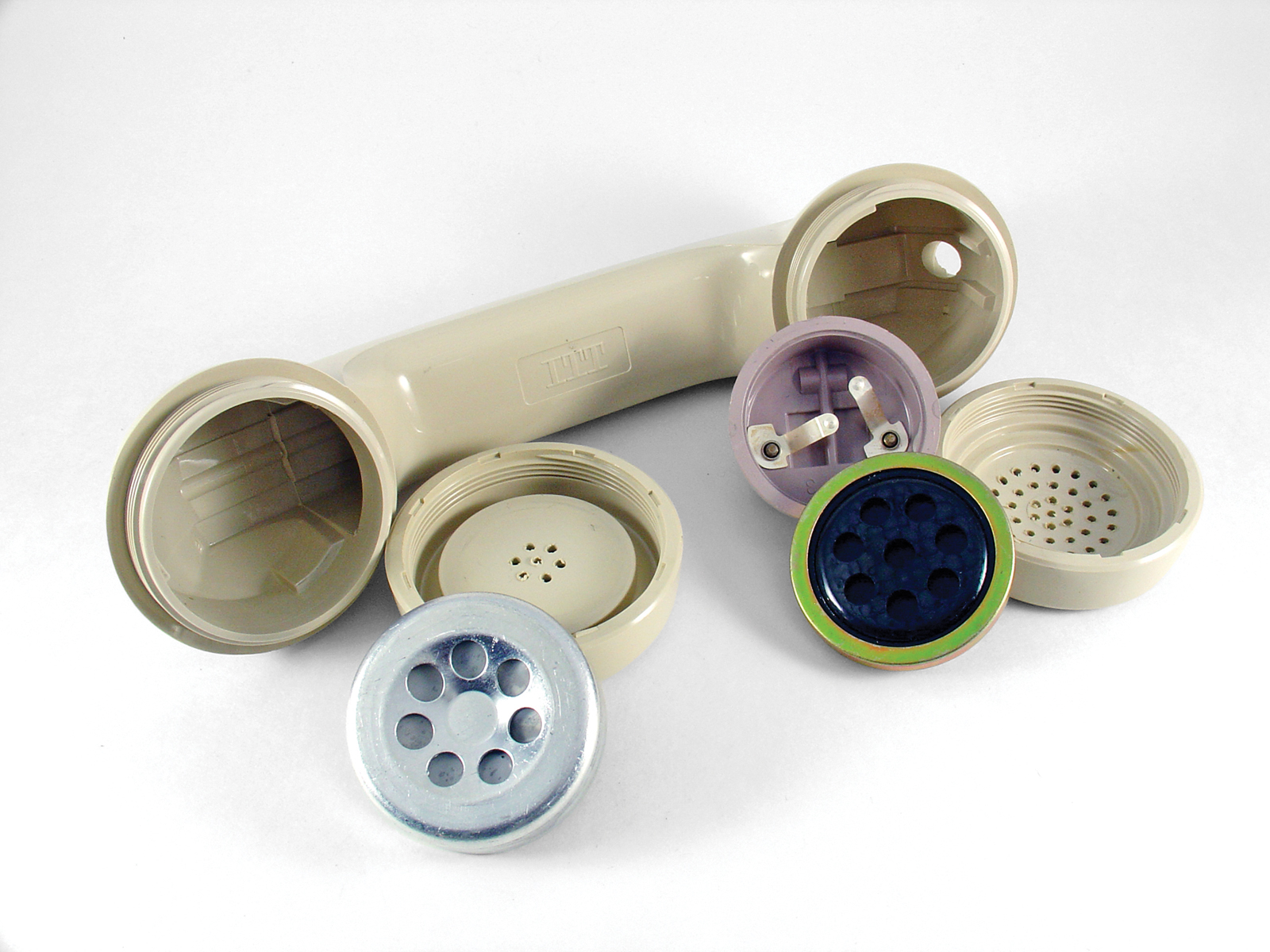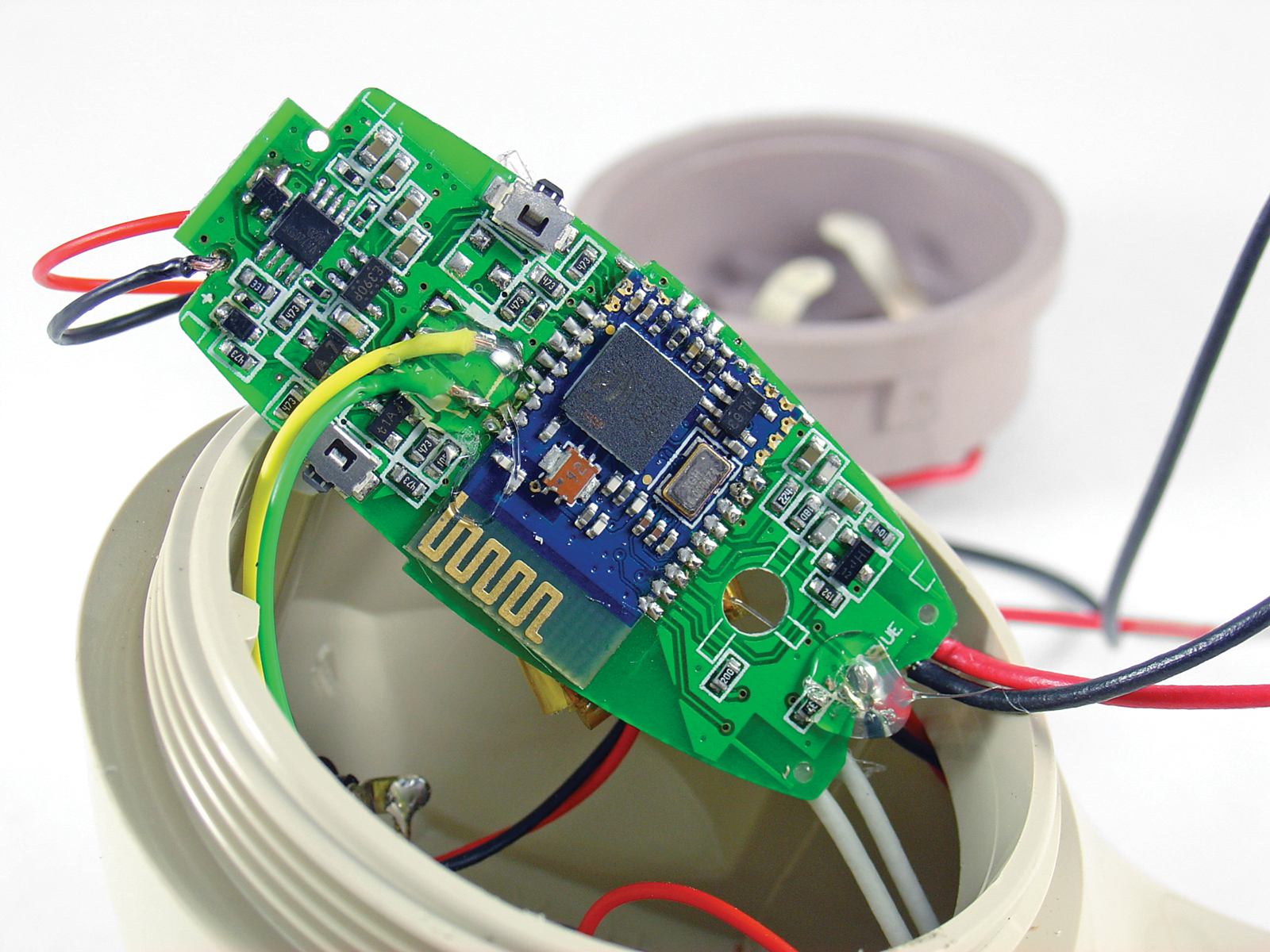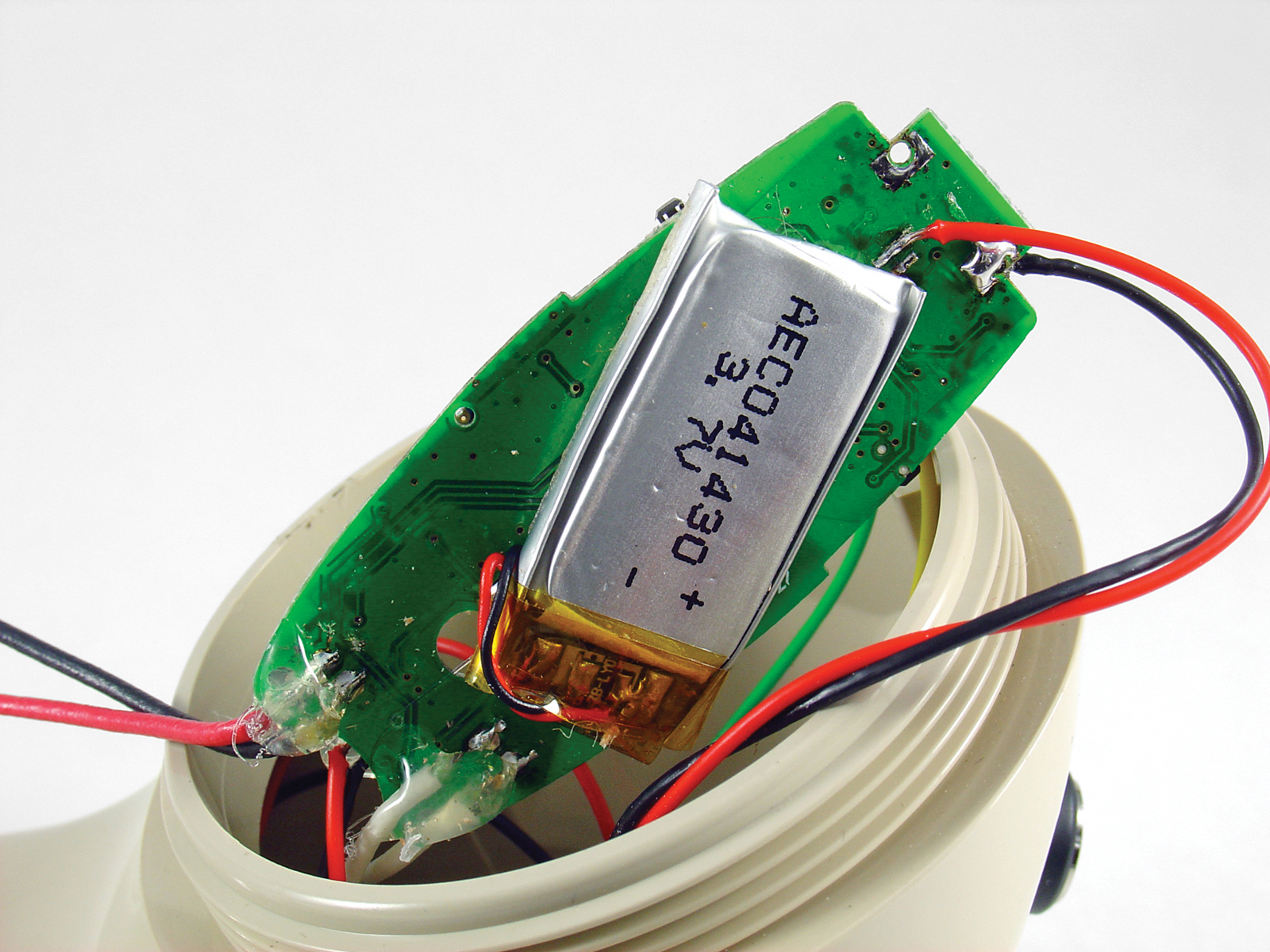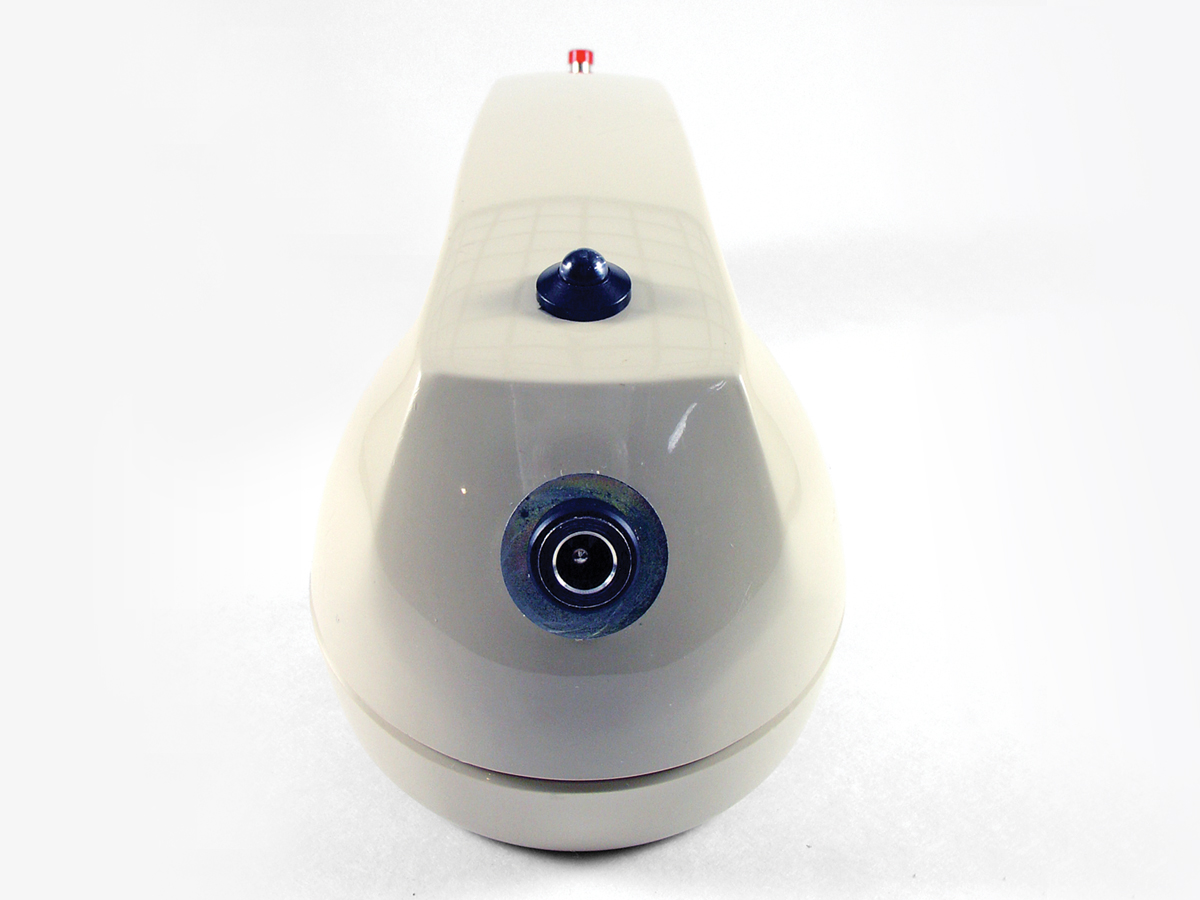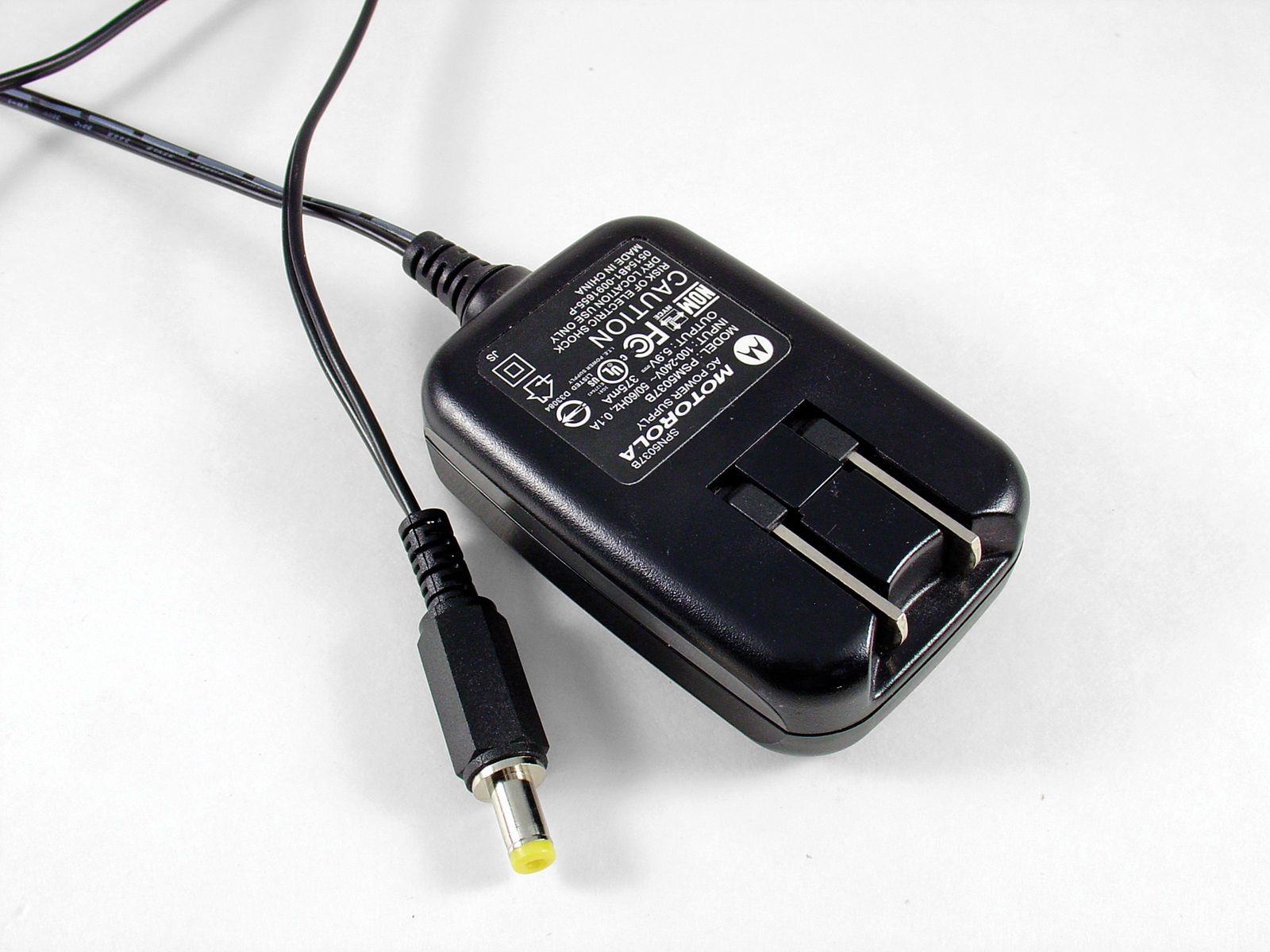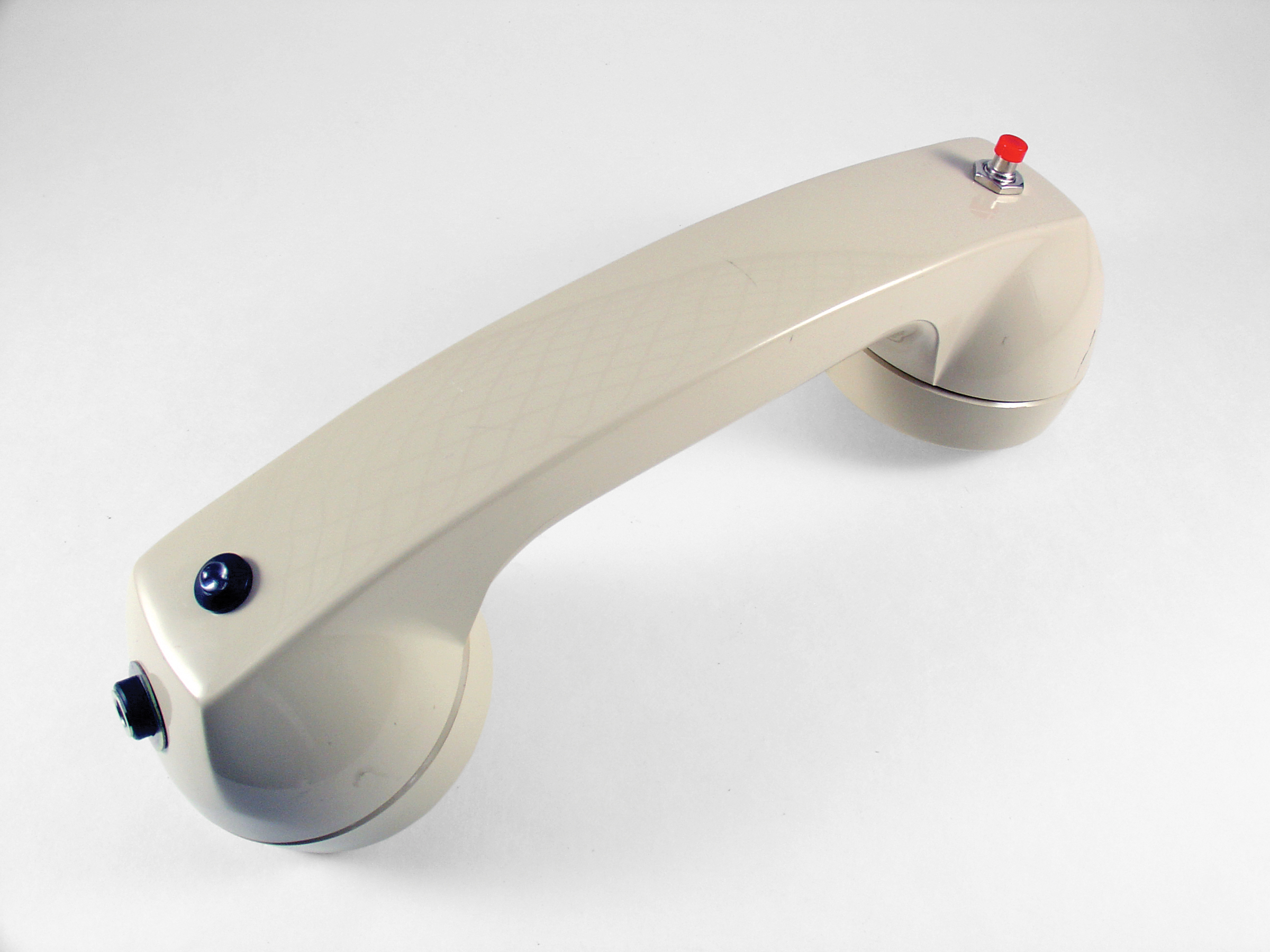Like it or not, Bluetooth headsets have become a part of our lives. Formerly worn only by stuffy corporate execs and the social elite, these devices have become ubiquitous, thanks to dropping prices and hands-free driving laws. A quick search online shows that a new Bluetooth headset can be purchased for less than $20. This is great news for makers because now we can use them in all sorts of projects!
My wife gave me her old Motorola HS820 Bluetooth headset when she upgraded to a newer model. Of course, I immediately tore it open. Inside, I found a small printed circuit board, a lithium polymer (LiPo) battery, an electret microphone, and a tiny speaker. I came across a vintage ITT telephone handset on a recent trip to Weird Stuff Warehouse in Sunnyvale, Calif. The instant I saw it, I knew exactly what to do: stick the guts of the Bluetooth headset inside and create a retro Bluetooth handset!


